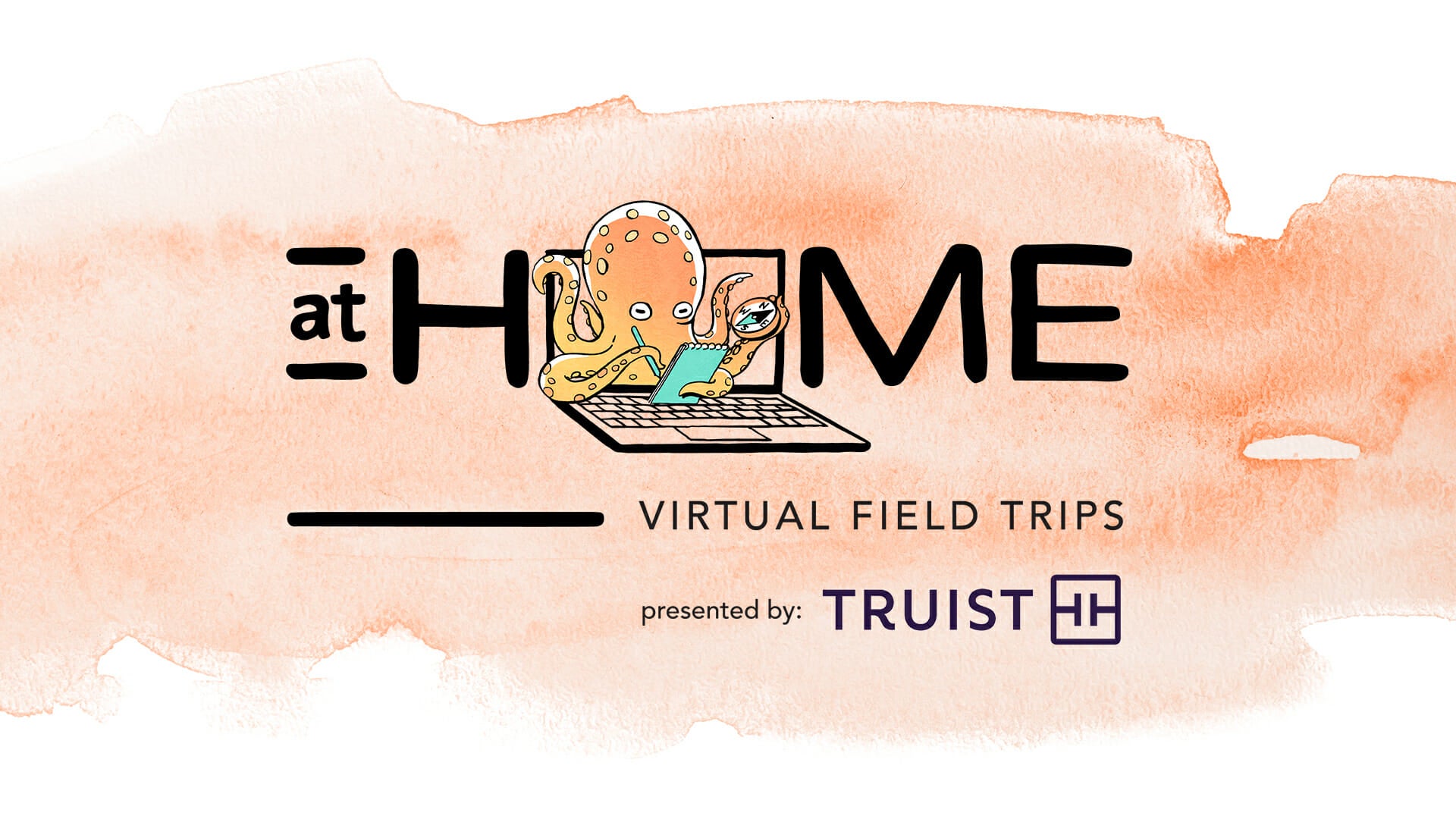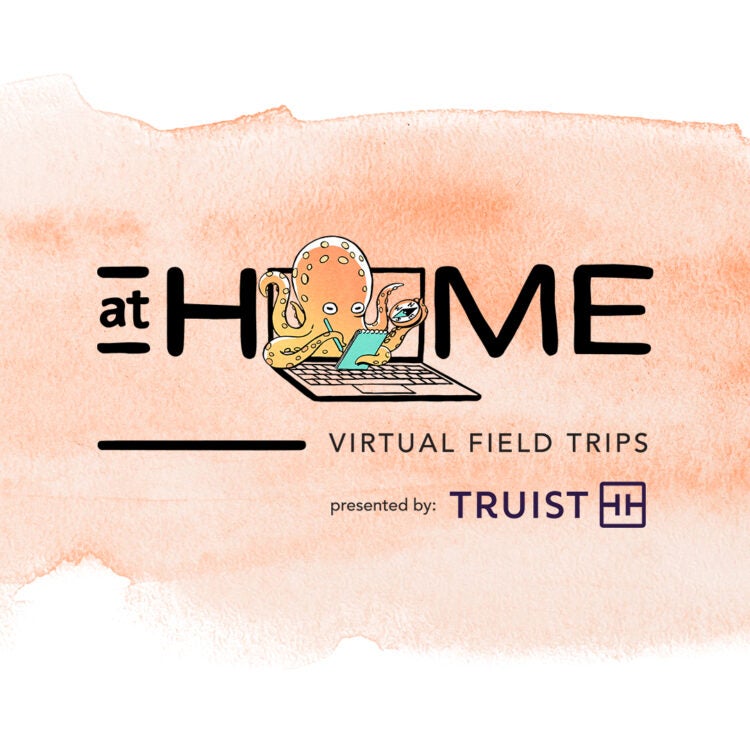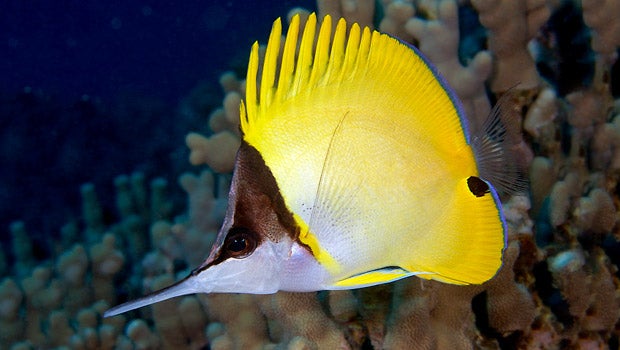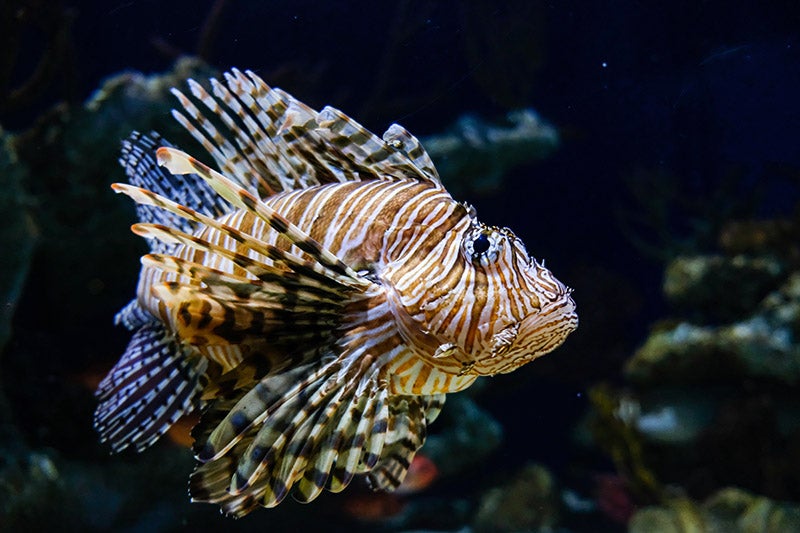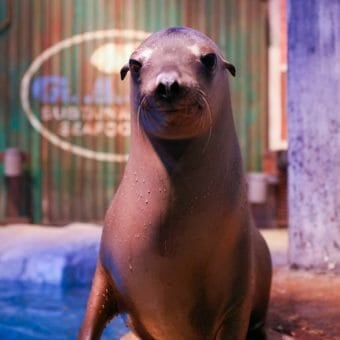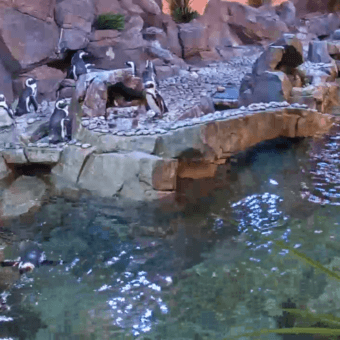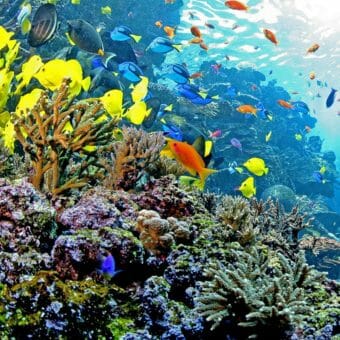Grades K-2
Nothing but Needs
What factors identify an organism as living and what are the basic needs for the organism to stay alive? Students will explore the difference between non-living things and living organisms. Additionally, students will examine Georgia Aquarium’s living collection to determine the basic needs of plants and animals!
Standards: SKL1a, S1L1b, S2P1a, K-LS1-1
Growing Aquatic
How are animals visually different during the different stages of their lives? Students will investigate different life cycles with examples from our living collection. Additionally, students will discover how organisms can be grouped based on different physical properties and reactions to light.
Standards: SKL2c, S1P1b, S2L1a, 2-LS4-1
Hunting Hijinks
Each shark species has different physical attributes, they all move and hunt in unique ways. Students will explore those physical attributes and forces of motion among the sharks as well as explore the importance of how they use magnetism as a tool for navigation in the ocean!
Standards: SKP2a, S1P2b, S2P2a, K-PS2-1
